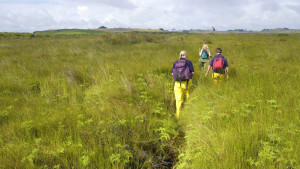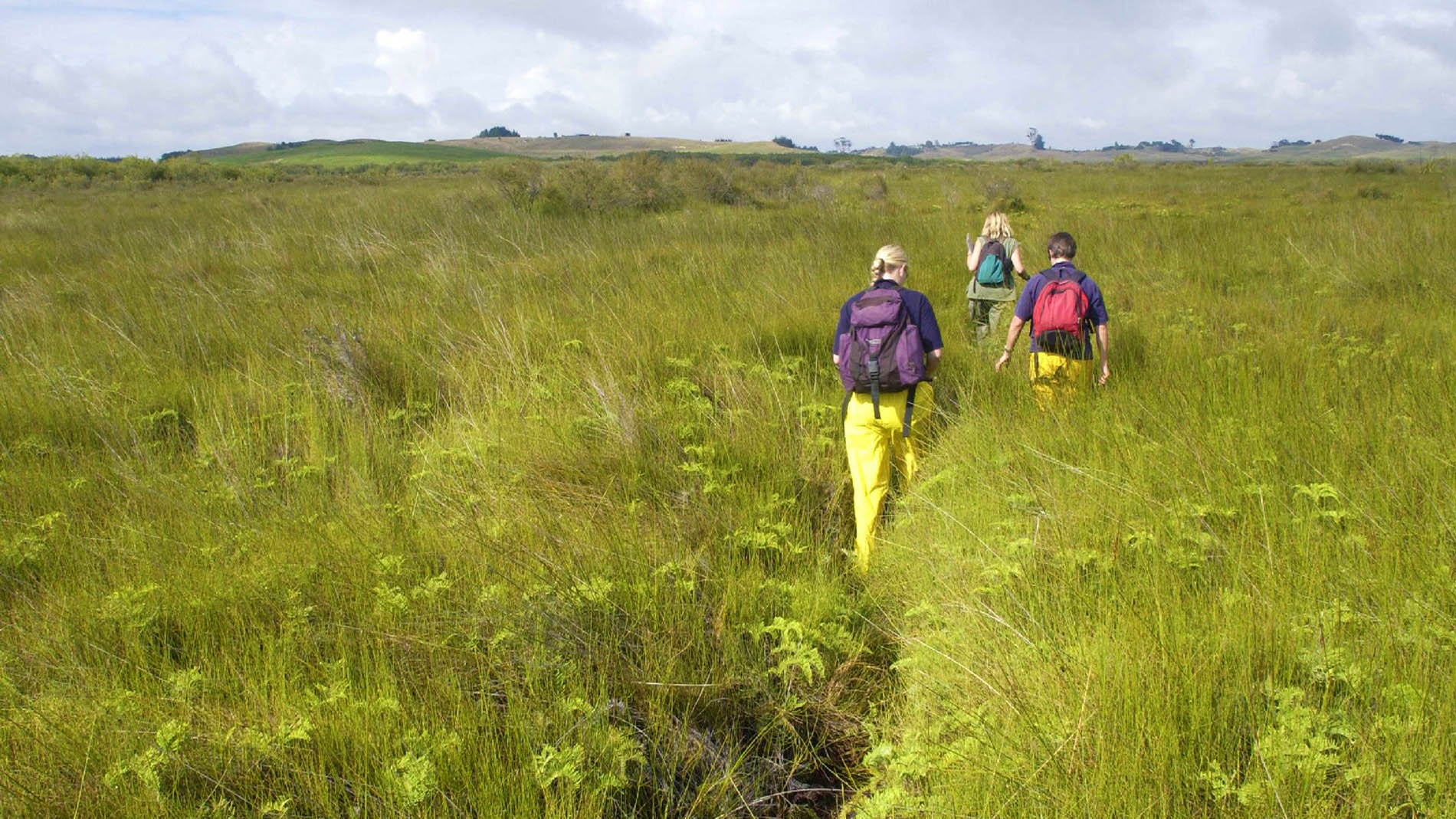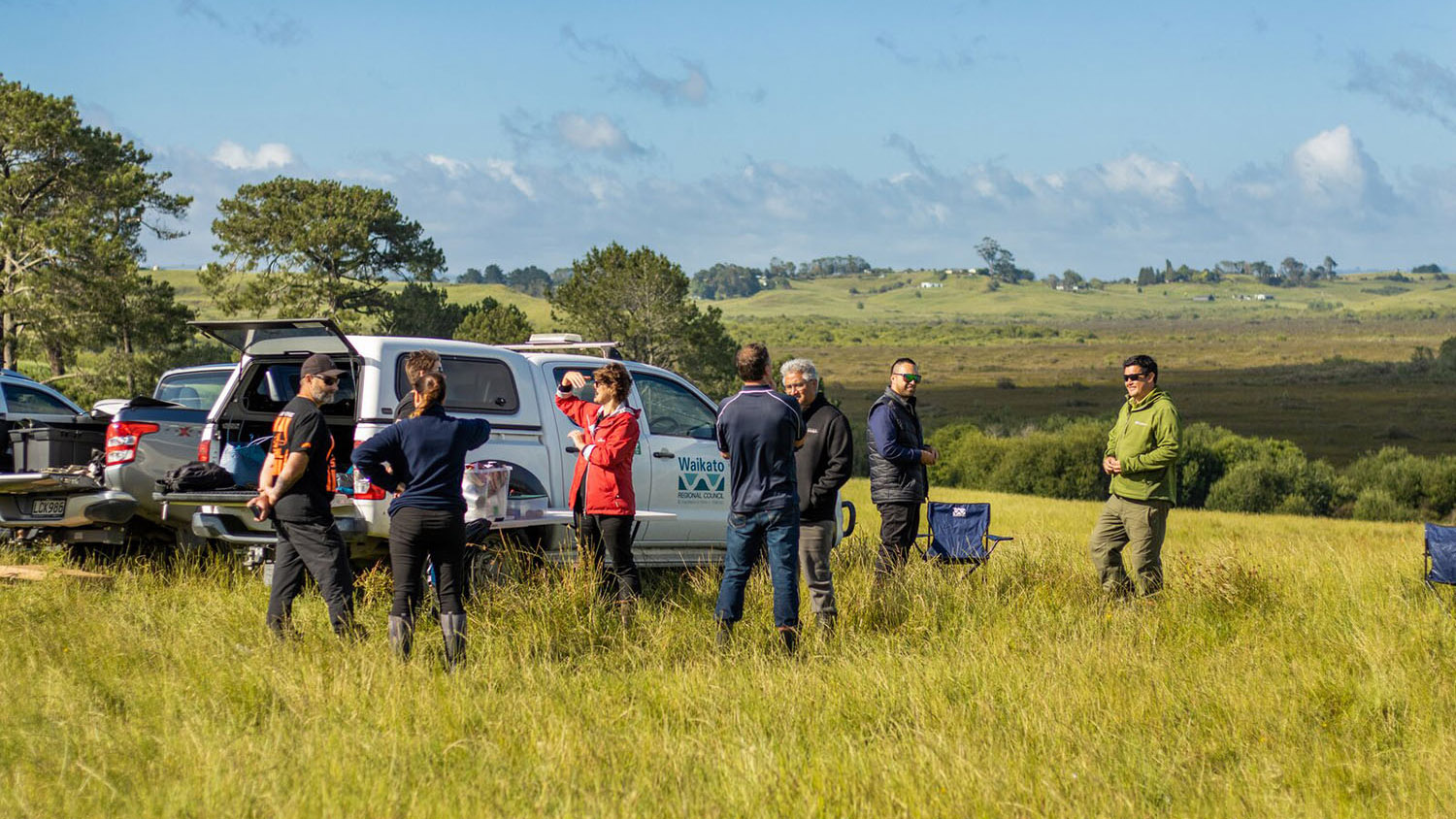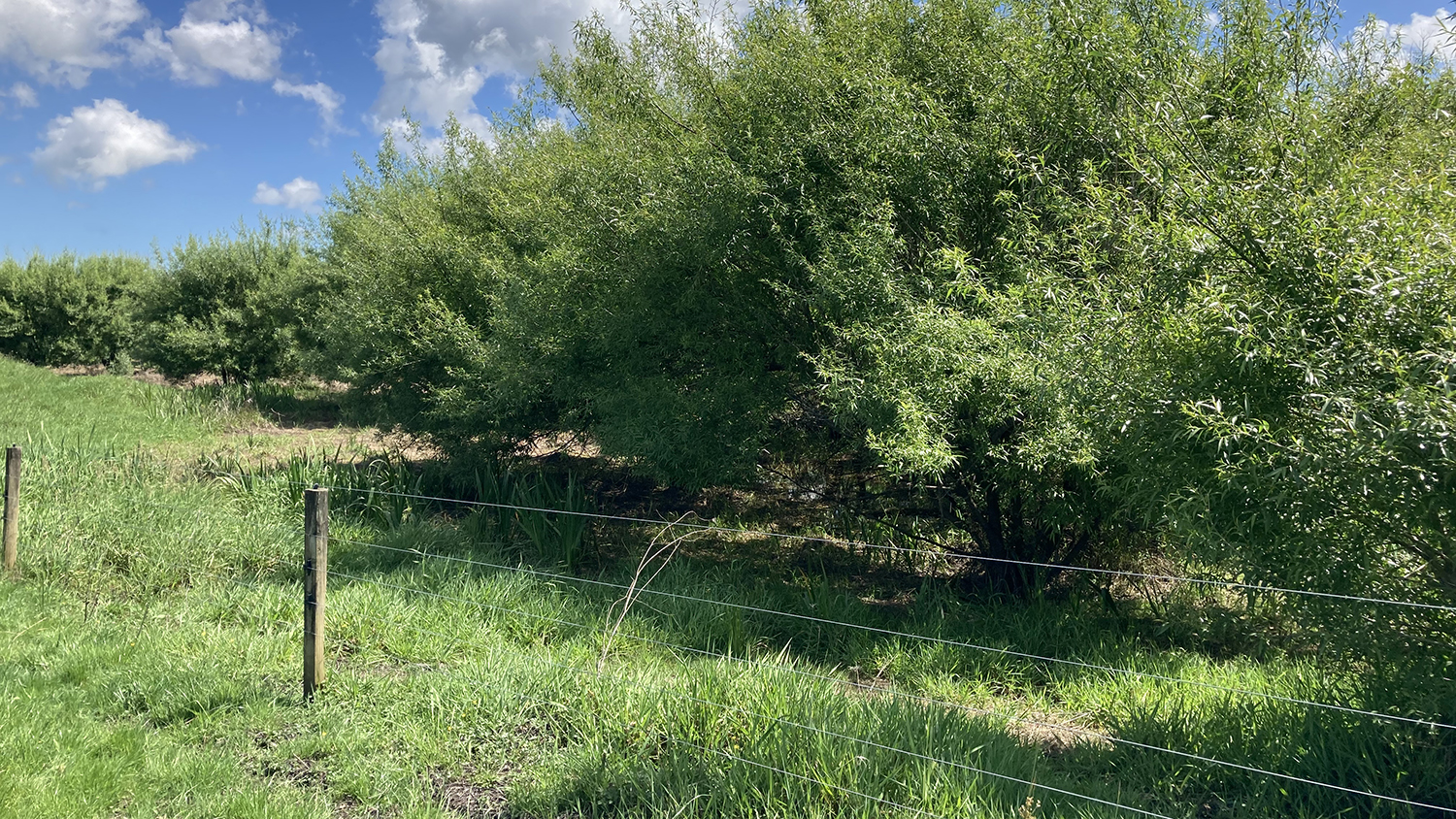 Funded: $230,000 by Mfe (Public Waterways and Ecosystems Restoration Fund from the Jobs for Nature programme), $100,000 by Waikato Regional Council, $40,000 by the Department of Conservation and $61,000 by Waikato River Authority
Funded: $230,000 by Mfe (Public Waterways and Ecosystems Restoration Fund from the Jobs for Nature programme), $100,000 by Waikato Regional Council, $40,000 by the Department of Conservation and $61,000 by Waikato River Authority
Total project cost: $431,000
Project duration: 4 years
The Opuatia Wetland is in the lower Waikato River valley. It contains one of the five remaining restiad bogs in the Waikato region and has several other wetland types, including fen and marsh, which makes it a high value site of national importance. Large parts of the Opuatia Wetland are managed by the regional council and the Department of Conservation (DOC).
Yellow flag iris in the wetland has become a source population for spread through the lower Waikato River catchment. Yellow flag iris is an invasive plant pest that displaces native plants and is a major threat to seasonally flooded wetlands. Extreme floods in 2017 coupled with reduced control actions in recent years resulted in an exponential increase of yellow flag iris in the Opuatia Wetland which this project seeks to control.
Key activities:
- Restore 29ha of wetland (bog/fen habitat).
- Reduce willow and yellow flag infestations to containment levels in 130ha of wetland (swamp habitat).
- Total of 200ha of plant pest control, including royal fern, Japanese honeysuckle and pampas.
- 18,200 native plants planted in 11.5ha of riparian, lake and wetland areas.
Environmental benefits:
- Enhancement of natural biodiversity within the wetland.
- Protection of areas downstream along the Waikato River.
Work completed
- Weed control has taken place across the 200ha project area.
- The yellow flag iris infestation has been significantly reduced.
- All known royal fern, Japanese honeysuckle and pampas plants have been controlled.
- Willow control has been undertaken on the eastern side of the bog wetland.
-
- A 360m fence has been built to provide a wider buffer between grazed pasture and the wetland, resulting in 2.8ha of retired land.
- 20,966 native wetland plants have been planted.








To ask for help or report a problem, contact us
Tell us how we can improve the information on this page. (optional)